Today, the way we approach food, fitness, and health is being completely transformed by emerging technologies. In 2025, one of the fastest-growing sectors within the digital health space is nutrition tracking. From calorie counting and meal logging to AI-driven personalized diet plans, almost 65% of health-conscious users are relying heavily on their phones to stay accountable. They are easily tracking what they eat every day.
This increasing surge in interest has opened new doors of opportunity, especially for tech entrepreneurs. Building such a powerful solution has become necessary. But building a successful nutrition tracking app goes far beyond tracking macros. It’s about creating something people love, return to, and recommend.
So, whether you’re in the health industry or planning to run a wellness startup and want to launch the best nutrition tracker app, you must know exactly how to create it. In this blog, you will learn about business models, a future-ready tech stack, and features that align with the evolving expectations of today’s health-savvy users. Let’s get started :
Table of Contents
Why Are Nutrition Tracking Apps Booming in 2025?
With rising global health awareness, growing fitness culture, and the lasting effects of the pandemic on consumer behavior, people are now more conscious than ever about what goes on their plates. Not only this, from fitness enthusiasts to busy parents and Gen Z foodies, users want real-time nutritional insights, AI-powered meal planning, and personalized health guidance, all in one feature-rich app.
Here’s why this app category is booming right now:
- Health-first mindset is going mainstream: Almost 72% of users globally say they are trying to eat healthier in 2025. Apart from this, they’re looking for digital tools to help them stay accountable.
- Smartphones = Smart Dieting: The average person spends 4.8 hours per day on mobile. Therefore, integrating healthy eating into daily screen time makes nutrition tracking a seamless habit.
- Rise of personalization through AI: Thanks to AI in food industry, you can build a feature-loaded app that can now analyze eating habits and offer real-time suggestions, meal plans, and progress analytics tailored to individual users.
- Targeting all age groups: These apps serve a wide user base, from athletes and working professionals to families and even children (with features like a nutrition tracking app for kids). Therefore, everyone can easily access the app.
- Preventive healthcare focus: As lifestyle diseases are on the rise, more users are turning to tools that help them track their intake and prevent long-term health issues.
The best advantage of this is that several users are actively searching for a free nutrition tracker app or a lightweight nutrition tracking app that works across devices. Therefore, it gives companies an open runway to innovate and capture market share.
If you’re a brand or a food or healthcare-focused company, now is the perfect time to invest in building a feature-rich, personalized nutrition tracker app that taps into this growing health-conscious audience. Moreover, with Gen Z and Millennials making food choices through mobile apps, businesses are seeing exponential engagement with iPhone nutrition tracking apps and Android nutrition tracking apps. All you need to do is partner with a globally recognized mobile app development company in USA to build the next-gen nutrition app for your target users.
What Makes a Nutrition Tracking App “The Best”?
The best nutrition tracking apps do one thing well: make healthy eating easier and more enjoyable. However, today the app store is flooded with calorie counters, meal planners, and wellness tools. But only a few stand out and earn the trust of users. So, what separates an ordinary app from the best nutrition tracking app?
It all comes down to how well the app blends simplicity, personalization, and real value. Here’s what makes a nutrition tracking app truly “the best” in 2025 :
- Offer effortless food logging through barcode scanners or meal photo AI.
- Provide personalized nutrition insights based on user preferences.
- Support diet customization: keto, vegan, intermittent fasting, etc.
- Connect with wearables for real-time activity & calorie sync.
- Cater to diverse audiences, including a nutrition tracking app for kids.
Ultimately, a winning nutrition tracker app is intuitive, accurate, and builds habits that stick. So, the next time you are going to develop a nutrition tracking app, make sure to keep the above parameters in mind to grab the attention of target users.
Must-Have Features for Your Nutrition App in 2025
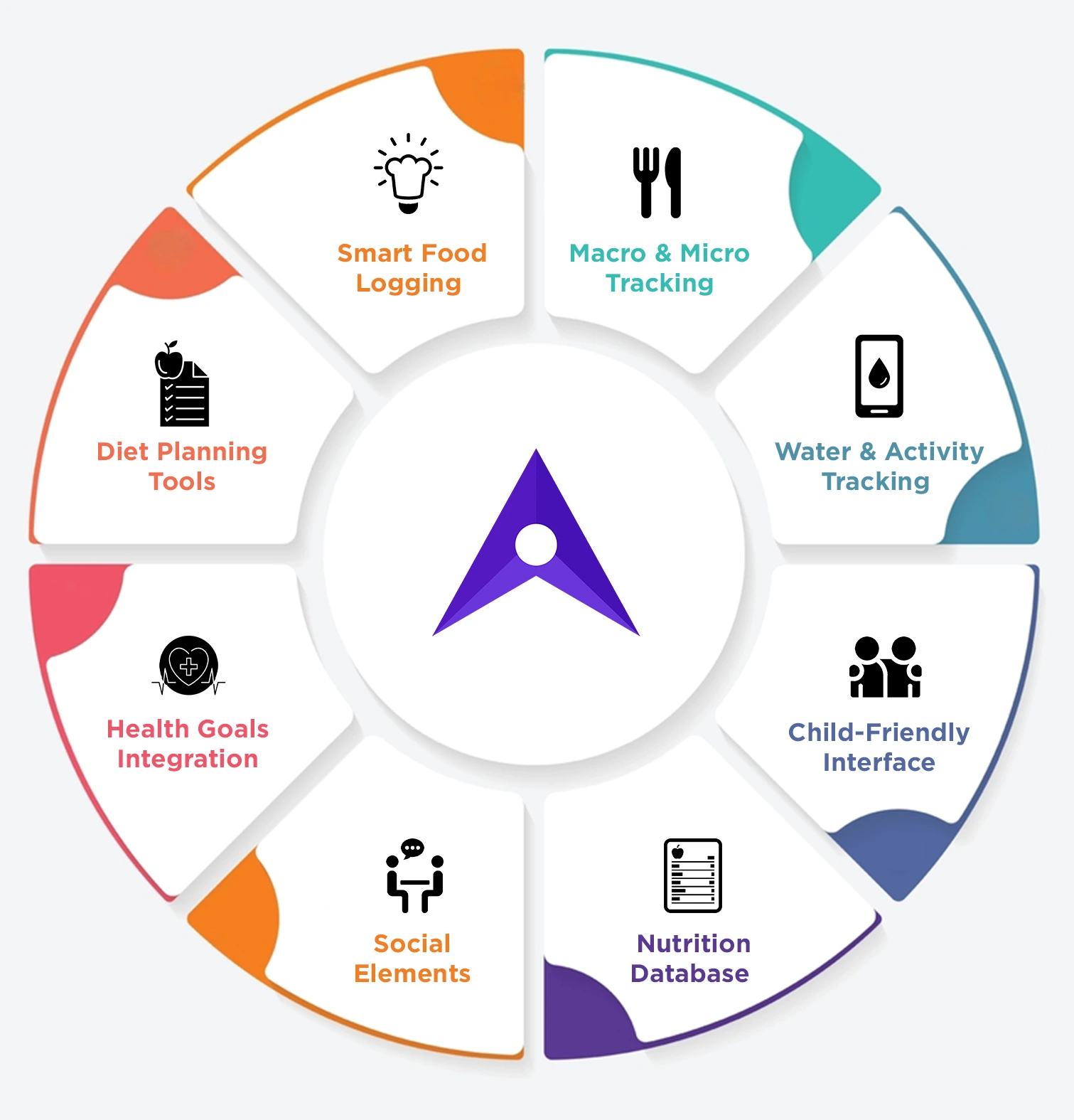
In 2025, users expect more than just a food diary, they want a smart, seamless, and personalized experience. Whether your app targets fitness enthusiasts, families, or everyday wellness seekers, you need to integrate the right features to drive engagement and long-term retention.
Here are some core features your nutrition tracking app must include to compete with the best in the market. So, let’s break them down.
1. Smart Food Logging
Allow users to log meals effortlessly using barcode scanning, voice input, or AI-powered photo recognition. The faster the entry, the higher the daily engagement.
2. Macro & Micro Tracking
Your nutrition tracking app should not only track calories but also essential nutrients like protein, carbs, fats, vitamins, and minerals to offer users a 360-degree view of their diet quality.
3. Diet Planning Tools
Let your target users create custom meal plans and generate smart shopping lists based on their goals, preferences, or dietary restrictions. It adds value beyond just logging food.
4. Water & Activity Tracking
Don’t forget to incorporate hydration reminders and activity sync to encourage a more holistic approach to wellness that ties nutrition with daily lifestyle.
5. Health Goals Integration
Make sure to allow users to set and monitor goals like weight loss, muscle gain, or balanced maintenance, with dynamic suggestions that evolve with progress.
6. Social & Gamification Elements
Add streaks, challenges, and community support to turn healthy habits into daily motivation and long-term retention boosters.
7. Nutrition Database
While building a nutrition tracking app, you can also offer access to a diverse and updated food library, including regional, branded, and global cuisine items to support accuracy in logging.
8. Child-Friendly Interface
Design a simplified, colorful interface for a nutrition tracking app for kids. Therefore, it makes it easier for families to track meals together and build lifelong habits.
Decoding Business Model: How Will You Make Money?
Even the most beautifully designed nutrition tracking app won’t survive without a strong, scalable business model. While many apps start free to gain traction, monetization plays a crucial role for long-term growth, investor confidence, and sustained innovation.
In 2025, you have multiple ways to generate revenue without disrupting the user experience. The key is aligning your monetization strategy with your app’s value proposition, audience needs, and usage patterns. Here are the most effective revenue models for nutrition apps:
Freemium Model
You can offer basic features like daily calorie logging and food searches for free, while locking premium services like AI meal plans, nutritionist chat, or advanced analytics behind a subscription paywall.
Subscription-Based Model (SVOD)
Monthly or annual subscriptions give users access to the full feature suite, personalized plans, exclusive content, and integrations with wearables. This model works best for power users and fitness-conscious audiences.
B2B Licensing
License your nutrition tracking software to gyms, wellness coaches, corporate wellness programs, or healthcare providers. White-labeling allows others to use your platform under their brand.
In-App Purchases
Sell digital goods like custom meal templates, macro calculators, or premium coaching sessions within the app. This model works well when bundled with freemium offerings.
Partner Integrations
Collaborate with a food ordering app development company to integrate meal delivery features according to the needs of target users. You can earn affiliate commissions from healthy meal providers or supplement brands.
Ad-Based Monetization
Display contextual ads for fitness gear, supplements, or grocery services. This is most effective when you have high daily active users and solid engagement.
Note: The best monetization models are flexible and evolve with your user base. You can also combine several strategies, for instance: freemium + affiliate + B2B, to diversify income and reduce dependency on a single source. By thinking strategically about how to monetize from day one, your nutrition tracker app becomes not just a health tool but a profitable, scalable digital business.
The Tech Stack Behind a Winning Nutrition App
Behind every great nutrition tracking app is a robust technology stack that ensures speed, scalability, seamless performance, and security. In 2025 or the upcoming years, users will look for real-time syncing, cross-platform availability, and smart integrations. Therefore, you need to choose your technology components wisely from the start of the development process.
As an entrepreneur or a startup owner, make sure that your tech stack is flexible enough to scale and integrate features like AI, third-party APIs, and wearables.
Some of the essential tech components for building the best nutrition tracker app are mentioned below :
1. Frontend Development
Choose a cross-platform framework for faster development across Android and iOS:
- Flutter or React Native – For high-performance and consistent UI across platforms.
- Swift (for iOS) and Kotlin (for Android) – If you’re going for native builds.
2. Backend & Database
Always ensure your app can scale as your user base grows:
- Node.js, Django, or Express.js – For scalable, real-time backend performance.
- MongoDB, PostgreSQL, or Firebase Realtime Database – For managing user data, logs, and dynamic updates.
Apart from the above-mentioned technologies, integration of Artificial Intelligence, Machine Learning, API integrations, security & compliance, admin panel & analytics also plays a crucial role in making your app stand out in the competitive industry.
What Will It Cost to Build a Nutrition Tracking App?
The cost to build a nutrition tracking app depends on several relevant factors such as the app’s complexity, features, tech stack, and the development team’s location. For a basic MVP (Minimum Viable Product) with essential features like food logging, calorie tracking, and goal setting, you can expect to invest around $20,000 to $40,000. However, if you need a more advanced app with AI-powered meal recognition, personalized insights, wearable integrations, and gamification can range between $50,000 to $100,000+.
The total cost of building a nutrition tracking app can also rise if you plan to support both iOS and Android platforms, or if you’re building custom APIs, a web-based admin panel, or child-specific interfaces. Working with a skilled startup app development company can help you optimize your budget by prioritizing features for launch and scaling intelligently over time. Business owners also need to remember, strategic investment in user experience, data accuracy, and personalization will deliver higher returns in the long run.
ROI Tips: How to Make Your App Profitable Long-Term
Building a nutrition tracking app is only the initial step. You need to sustain its growth and profitability in the long run which requires a well-defined ROI strategy. In 2025, users are not just looking for advanced features & functionality; they’re loyal to apps that evolve with them, solve real problems, and feel like an essential part of their lifestyle.
Here are key strategies to boost long-term profitability:
- Focus on App Store Optimization (ASO)
- Streamline User Onboarding
- Use AI for Personalization
- Gamify the Experience
- Leverage Smart Push Notifications
- Offer Tiered Pricing & Micro-Subscriptions
- Invest in Community and Content
Conclusion
In a world where health and tech are seamlessly merging at a rapid speed, building the best nutrition tracking app in 2025 is a powerful opportunity, especially for entrepreneurs and health-focused brands. From identifying the right features like smart food logging, personalized insights, and gamification, to selecting a scalable tech stack and business model, every decision plays a role in your app’s success.
You can turn your app into a daily habit for thousands and a revenue source for your business. All you have to do is focus on user experience, data accuracy, monetization flexibility, and long-term engagement strategies. So, whether you’re a startup or an established wellness brand, you need to partner with the right startup app development company to execute your vision effectively. Get ready to transform healthy living into a tech-powered experience your users won’t want to live without.
FAQ’s
1. What is a nutrition tracking app, and how does it work?
A nutrition tracking app helps users to log their daily meals, monitor calorie intake, track macronutrients and micronutrients, and set health goals. Many apps use AI to provide personalized diet recommendations and integrate with fitness trackers for an unforgettable wellness experience.
2. How do I create the best nutrition tracking app for 2025?
To build a top-performing app, you need to focus on features like smart food logging, AI-powered insights, seamless UI/UX, and goal-based meal plans. It is advisable to use a robust tech stack, follow user experience trends, and discuss your project with the top app development companies in USA, having years of experience in building health and wellness apps.
3. How much does it cost to build a nutrition tracking app?
The average cost to build a nutrition tracking app ranges from $20,000 for an MVP to $100,000+ for a full-featured, AI-integrated solution. However, the total cost depends on app complexity, platform support (iOS/Android), and customization needs.
4. How do I ensure my nutrition app stands out in a competitive market?
You need to focus on user retention through personalization, intuitive UX, regular updates, and App Store Optimization (ASO). Apart from this, creating unique value, like AI-driven suggestions or niche-specific diets, also helps to differentiate your app from others.
5. Can I integrate food delivery or fitness features in my nutrition app?
Yes! You can partner with a well-recognized food ordering app development company to enable in-app meal delivery or add fitness tracking features to create a comprehensive health ecosystem. These integrations boost engagement and user satisfaction to a great extent.

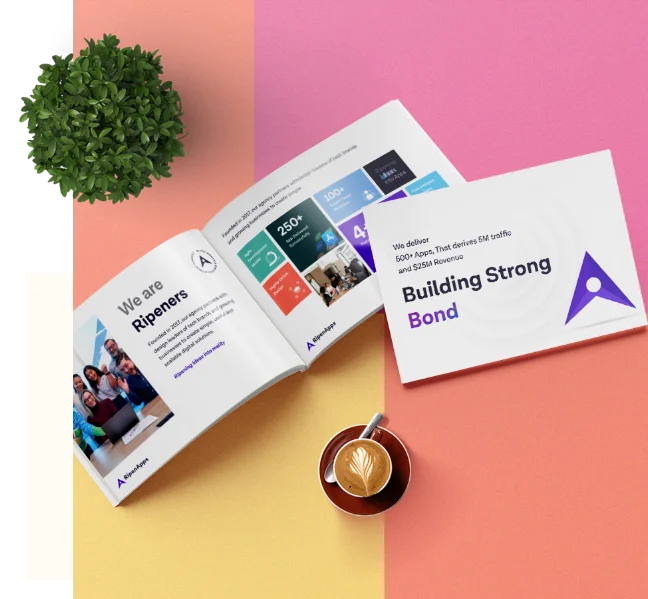




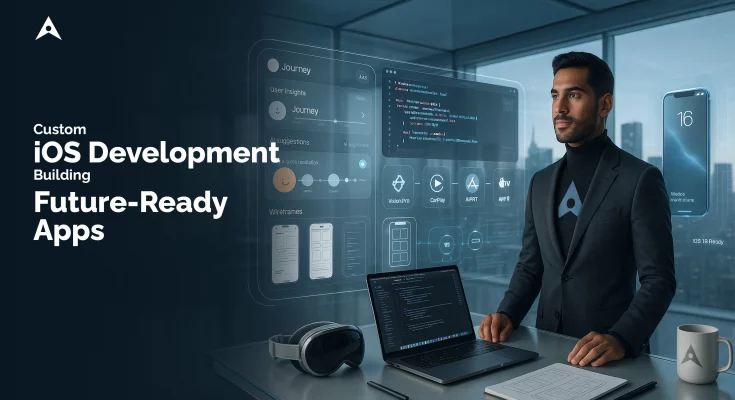
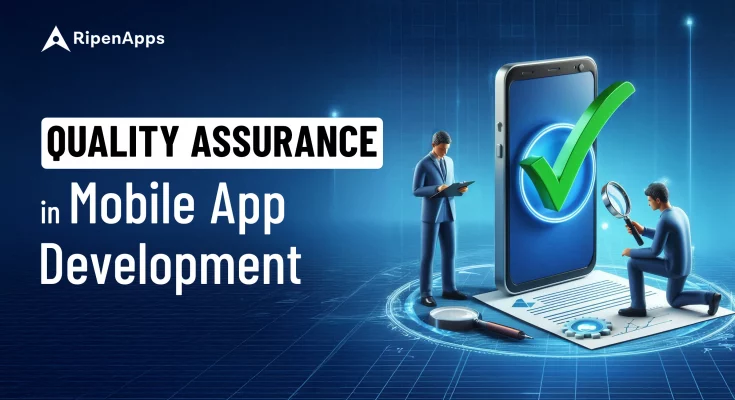
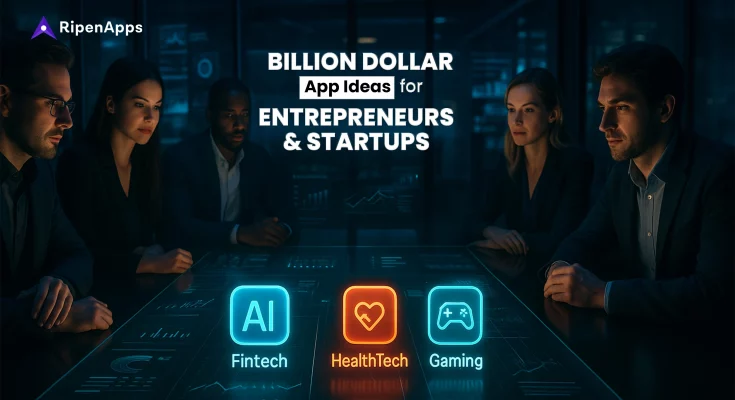
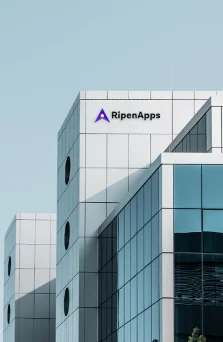
 India
India USA
USA Australia
Australia Canada
Canada UK
UK UAE
UAE
